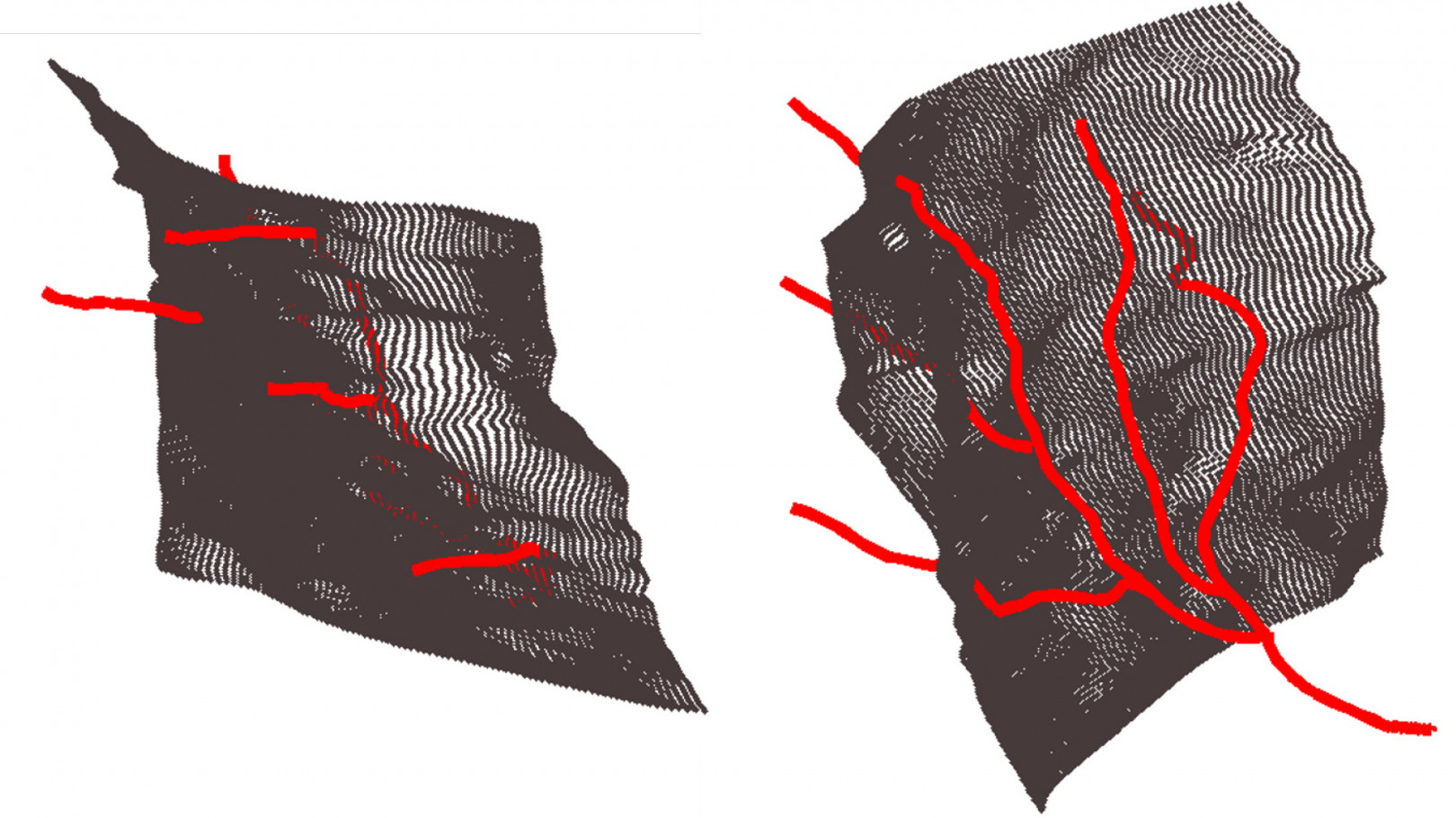A software patent was granted to INESC TEC for the first time
The Accurate-BV technology, a medical image processing tool for the segmentation of blood vessels, has been granted its patent in Europe. This is the culmination of the work performed for more than four years by Ricardo Araújo and Hélder Oliveira.
27th September 2019
This is the first invention implemented by a computer (“software patent”) granted to INESC TEC. Just like ABS or MP3, this is a technology that results from the synergies that come from running algorithms, which were invented by humans, on a computer. There are many technologies that are already protected this way and for which the European Patent Office publishes a number of examples and guidelines.
INESC TEC's paper, entitled "Method and Apparatus for the Segmentation of Blood Vessels", is the first to focus on the segmentation of small calibre blood vessels in 3D medical images and aimed at developing algorithms in order to support radiology teams of hospital units who perform breast reconstructions through the Deep Inferior Epigastric Perforator (DIEP) technique.
In this type of breast reconstruction, the surgery team collects tissue from the abdominal region in order to reconstruct the breast(s) that was (were) removed due to a mastectomy, for example. In order to plan what tissue is to be extracted, surgeons need a detailed map and description of the blood vessels of the abdominal region, which is a key factor to ensure that the new breast has good irrigation.
Medical technology for a faster and more objective analysis
At a pre-planning stage, the radiology team subjects the patient to a magnetic resonance or a CT scan with a contrast injection and then detects and characterises the vessels. This process, besides being very time-consuming (between two and three hours), suffers from some subjectivity, since two operators often have different vessel calibre evaluations.
With Accurate-BV, radiologists now have a tool that reduces the image analysis time by 90%, thus allowing a more complete and objective surgical planning. For that, the INESC TEC's team developed segmentation methods of blood vessels adapted to the existing difficult conditions: very small calibre vessels (around 2mm), low contrast regions and even the absence of signal.
For that, the CTM team worked in collaboration with the clinical team of the Champalimaud Foundation Breast Unit. After the patent being granted in Europe, patent applications in the USA, China and Japan are currently under consideration.
The researchers mentioned in this news piece are associated with INESC TEC.


